What was behind Musk’s salute – Roman respect or Nazi hatred?
At a post-inauguration rally, Elon Musk twice made a militaristic gesture, extending his arm with his palm face down, which led to a storm of fury as onlookers compared it to the Nazi salute.
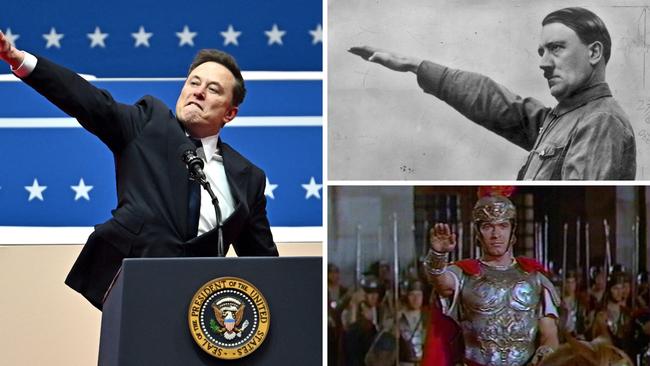
By now you will have seen the questionable arm gesture Elon Musk made during a speech celebrating President Trump on Tuesday.
At a post-inauguration rally, Musk thanked supporters with a salute that saw him put his palm to his chest and extend a stiff right arm toward the crowd, with his arm elevated and the palm facing down.
It’s become the “Is that dress white and gold or blue and black?” of the political sphere — only instead of debating colour perception, commentators have begun speculating whether the world’s wealthiest man was executing a Roman salute, or something more sinister: the fascist “Sieg Heil” gesture.
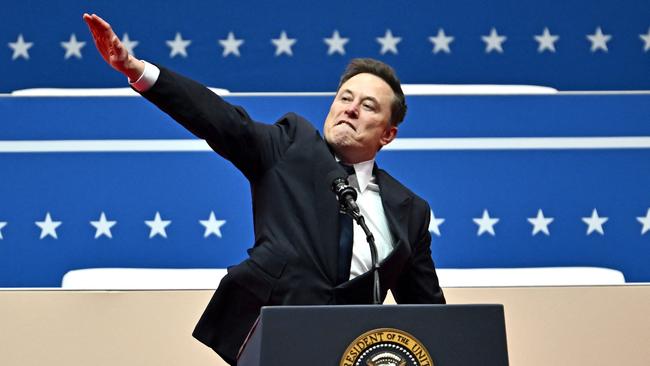
What was Musk’s explanation for the salute?
Musk described the widespread protest against his salute as part of a Democratic “dirty tricks campaign” against him.
On X, Musk shared a users post that claimed the gesture was a “salute hoax”.
“Frankly, they need better dirty tricks,” Mr. Musk added. “The ‘everyone is Hitler’ attack is sooo tired.”
What is the Roman salute?
The rigid, militaristic salute, often linked with ancient Rome, owes more to modern imagination than history. While Romans did use a form of salute, there is no proof the outstretched arm was ever used in ancient Rome. Rather, the idea that Romans saluted their leaders or gods in such a manner is largely a fabrication, popularised in the 19th and 20th centuries.
As Europe rediscovered the grandeur of Rome, artists and playwrights began to imagine how Romans might have behaved. In his 2009 book The Roman Salute: Cinema, History, Ideology, Martin M. Winkler argued that there was scant evidence in Roman art or literature to suggest that such a gesture existed.
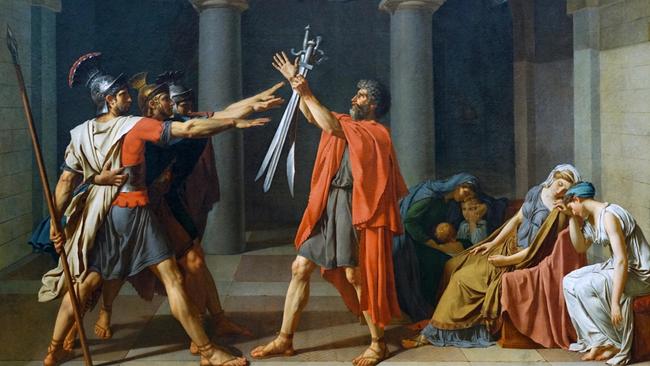
Instead, he points to the neoclassical French painter Jacques-Louis David, who gave the salute its first major cultural moment in his 1784 painting The Oath of Horatii. Here, three young warrior men extend their arms dramatically toward their father, swearing loyalty and duty.
This visual shorthand for Roman virtue caught the imagination of stage directors and filmmakers, who adopted it for dramatic effect. In the 19th century it was used in the “toga plays” of theatres before finding its way into early 20th century cinema in epics such as Ben-Hur (1925) and Spartacus (1960).
But history was waiting in the wings: by the 1930s, the Roman salute had shifted from a symbol of Roman virtue to one of fascist oppression. Italian leader Benito Mussolini, obsessed with recapturing the might of ancient Rome, adopted the salute to link fascist Italy with the grandeur of the Roman Empire, a move later co-opted by Adolph Hitler and the Nazis.
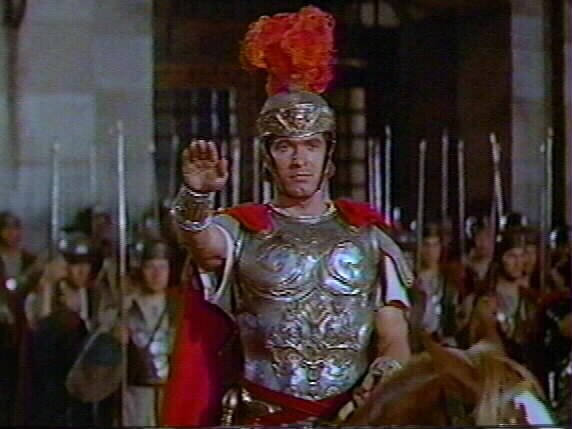
What was the reaction to Musk’s gesture?
The reactions to Musk’s gesture have been swift and polarised. Critics, including Ruth Ben-Ghiat, a professor of history and Italian studies at New York University, immediately equated the move with a Nazi salute. “It was a Nazi salute and a very belligerent one too,” she wrote on BlueSky.
Claire Aubin, who researches Nazism in the US, echoed Ben-Ghiat’s statement. “My professional opinion is that you’re all right, you should believe your eyes,” she wrote online.
Masha Pearl, the executive director of the Blue Card, a foundation supporting Holocaust survivors, said that she “deeply troubled” by Musk’s gesture, which she called a “Nazi salute.”
“Elon Musk has been engaged with antisemitic incidents in the past. Because of that, it was an unmistakeable symbol of hate, of violence, of genocide.”
What do his fanboys say?
Andrea Stroppa, a friend of Musk’s who connected him with the far-right Italian Prime Minister Giorgia Meloni, posted the clip of Musk with the caption “Roman Empire is back starting from Roman salute,” before swiftly deleting it.
Stroppa later retracted, explaining that the gesture was “simply Elon, who has autism, expressing his feelings by saying ‘I want to give my heart to you.’
“That is exactly what he communicated into the microphone. ELON DISLIKES EXTREMISTS!”
Others in extremist circles seized the moment. As Rolling Stone report, Christopher Pohlhaus, the leader of Blood Tribe, a neo-Nazi group, wrote on Telegram: “I don’t care if this was a mistake. I’m going to enjoy the tears over it.”
Melbourne neo-Nazi Thomas Sewell, posted the video of Musk on Telegram calling it a “Donald Trump White Power moment.”
Andrew Torba, the founder of the far-right Christian Nationalist social media platform Gab, which pioneered AI-powered Nazi chatbots, wrote “Incredible things are happening already lmao.”
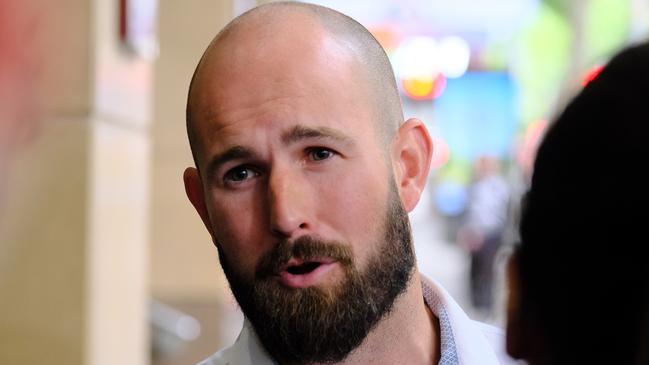
Does anyone else defend him?
Yes, actually. The Anti-Defamation League, which has been critical of Musk in the past, disagreed in a statement posted to social media. They wrote that Musk had “made an awkward gesture in a moment of enthusiasm” and that it was “not a Nazi salute.” The organisation added that “all sides should give one another a bit of grace.”
“This is a delicate moment. It’s a new day and yet so many are on edge. Our politics are inflamed, and social media only adds to the anxiety.”
Aaron Astor, a history professor at Maryville College in Tennessee, supported the ADL’s position and said on X that it was not a Nazi salute.
“I have criticised Elon Musk many times for letting neo-Nazis pollute this platform,” he wrote on X. “But this gesture is not a Nazi salute.”
“This is a socially awkward autistic man’s wave to the crowd where he says ‘my heart goes out to you,‘” he added.



To join the conversation, please log in. Don't have an account? Register
Join the conversation, you are commenting as Logout